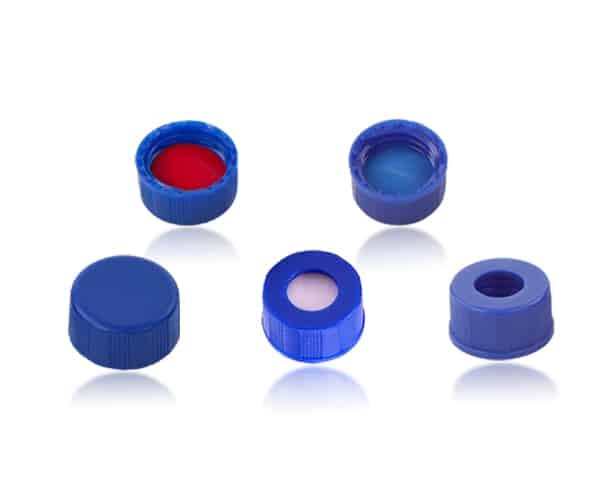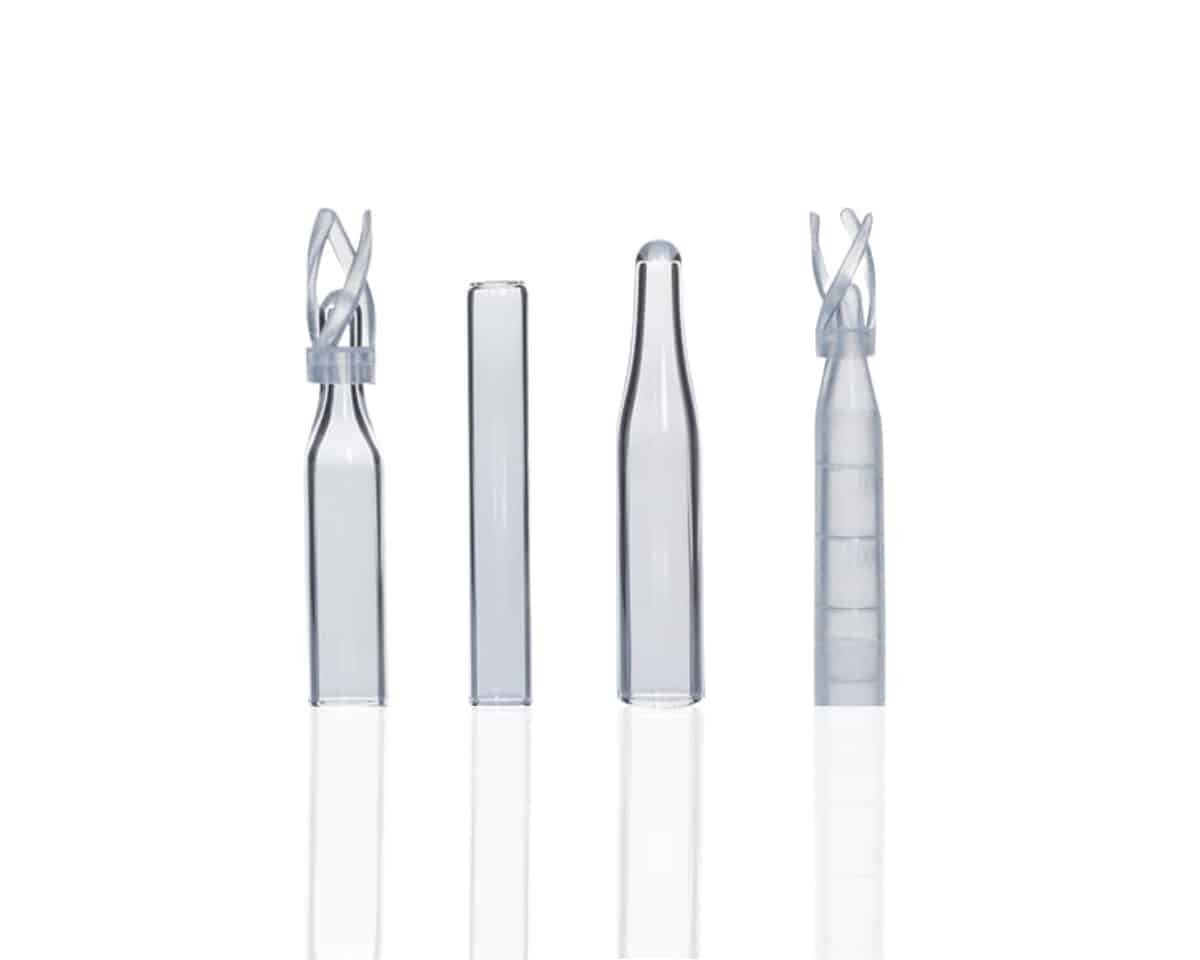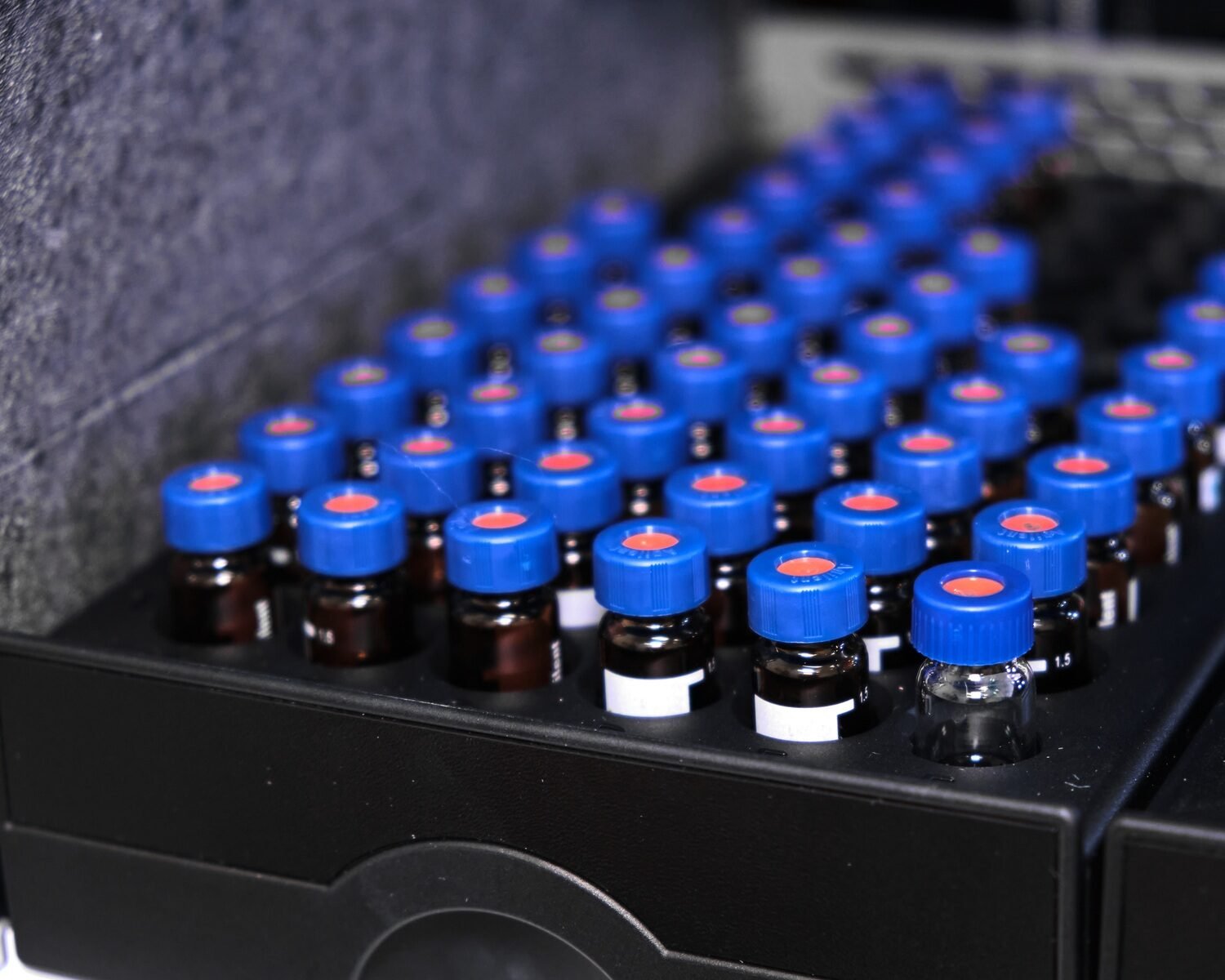Introduction
Gas Chromatography (GC) is a vital tool in many labs, delivering precise results for complex analyses. But let’s be honest—when something goes wrong, it can disrupt workflows, waste time, and even jeopardize research outcomes. Sound familiar? A noisy baseline, irregular peaks, or retention time shifts can feel like stumbling blocks, but the good news is these issues are often solvable with a bit of troubleshooting know-how.
This guide will walk you through common GC problems, their causes, and actionable solutions. Whether you’re dealing with baseline noise or equipment malfunctions, understanding how your instrument behaves is the first step to keeping your lab running smoothly.
Baseline Noise and Drift
One of the most frustrating GC issues is a noisy or drifting baseline. It’s like trying to listen to music through static—annoying and disruptive. But why does it happen?
Causes:
- Contaminated Carrier Gas: Impurities in the gas can introduce noise.
- Temperature Fluctuations: Inconsistent oven temperatures can cause baseline drift.
- Column Issues: Dirty or degraded columns often lead to instability.
Solutions:
- Use High-Purity Gas: Install a gas purifier if needed.
- Check Temperature Controls: Ensure the oven is functioning correctly with stable temperature ramps.
- Clean or Replace the Column: Regular column maintenance can prevent contamination.
A smooth baseline isn’t just satisfying—it’s essential for reliable data.
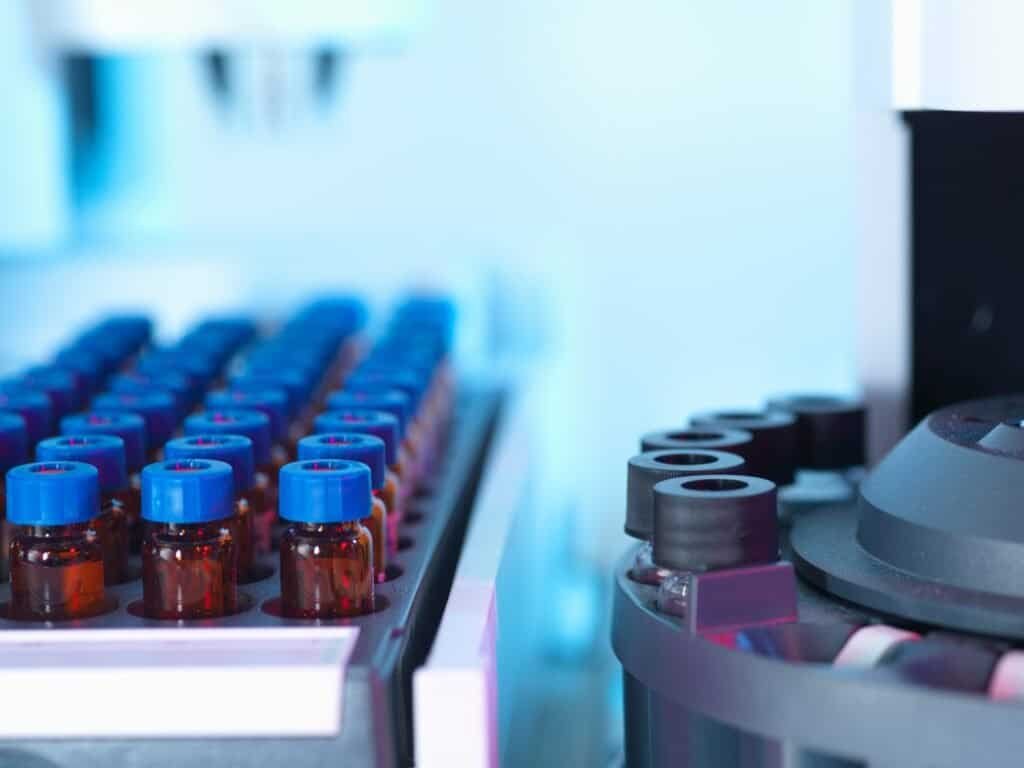
Peak Shape Abnormalities
Odd peak shapes can make your chromatogram look more like a Rorschach test than usable data. Ever seen peaks that tail, split, or front? These are the usual culprits.
Causes:
- Tailing Peaks: Often caused by active sites in the column or injector.
- Splitting Peaks: Results from sample overload or poor injection techniques.
- Fronting Peaks: Usually due to an overfilled column or incompatible sample solvent.
Solutions:
- For Tailing: Deactivate the column or use guard columns to protect against active sites.
- For Splitting: Optimize your injection volume and technique; ensure the syringe and injector are clean.
- For Fronting: Match your solvent to the column’s polarity and avoid overloading.
Getting your peaks back in shape isn’t just a technical win—it’s a confidence booster.
Retention Time Shifts
When retention times start playing musical chairs, it’s a clear sign something’s off. Why does this happen?
Causes:
- Column Aging: Over time, columns degrade, altering retention times.
- Carrier Gas Purity: Impurities can change the flow rate or interact with the analyte.
- Instrumental Changes: Variations in temperature, pressure, or leaks.
Solutions:
- Replace Aging Columns: A fresh column can restore consistent retention times.
- Ensure Gas Purity: Regularly check and replace gas filters.
- Calibrate Your Instrument: Frequent calibrations catch shifts before they impact results.
Retention time consistency is key to reproducibility—don’t overlook it.
Instrument-Related Problems
Sometimes, it’s not the chemistry—it’s the machine. Instrument-related issues like detector malfunctions, leaks, or temperature problems can be a headache.
Common Issues:
- Detector Malfunctions: Noise or no response may indicate a damaged detector.
- Leaks: Carrier gas leaks can disrupt pressure and chromatographic performance.
- Temperature Issues: Faulty heaters or controllers can skew results.
Solutions:
- Detector Maintenance: Clean or replace the detector and ensure connections are tight.
- Leak Detection: Use a leak detector to identify and fix any breaches.
- Temperature Checks: Regularly verify the performance of heating elements and controllers.
Staying ahead of these problems saves both time and frustration.
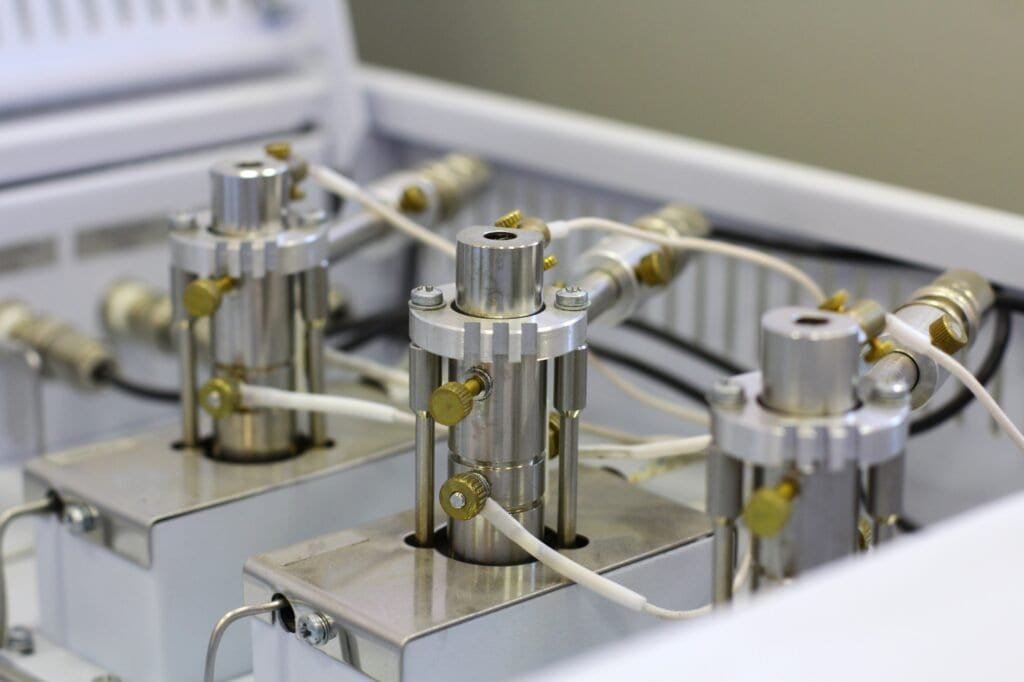
Preventive Steps to Avoid GC Downtime
Prevention is better than cure, right? A well-maintained GC system rarely lets you down.
Key Preventive Steps:
- Create a Maintenance Schedule: Routine checks on the column, gas lines, and detector keep the system in top shape.
- Calibrate Regularly: Frequent calibration ensures accuracy and catches minor issues early.
- Use High-Quality Consumables: Invest in reliable syringes, septa, and vials to minimize contamination and wear.
Simple steps like these can drastically reduce unexpected downtime.
Conclusion
Understanding your GC system’s quirks and behaviors is like knowing your car—it helps you spot problems before they escalate. Whether it’s baseline noise, peak abnormalities, or mechanical issues, a methodical troubleshooting approach keeps your lab running smoothly. Regular maintenance and calibration are your best allies for avoiding downtime and ensuring consistent, reliable results.
So, what’s the next step for you? Dive into your GC system’s manual, inspect your setup, and keep these tips handy. Your chromatograms—and your sanity—will thank you!
FAQs
Q: What causes baseline noise in GC?
A: Baseline noise is often caused by contaminated carrier gas, temperature fluctuations, or a dirty column. Using high-purity gas, maintaining stable oven temperatures, and cleaning or replacing the column can help resolve the issue.
Q: How do I fix peak tailing in GC?
A: Peak tailing is usually due to active sites in the column or injector. Deactivating the column, using guard columns, and ensuring the injector is clean can address the problem.
Q: Why do retention times shift in GC analysis?
A: Retention time shifts can result from column aging, carrier gas impurities, or temperature inconsistencies. Regular column replacement, using clean gas, and frequent instrument calibration can help maintain consistent retention times.
Q: What should I do if my detector isn’t responding?
A: If your GC detector isn’t responding, check for loose connections, clean the detector, and ensure the settings are correct. If the issue persists, the detector might need replacement.
Q: How can I prevent GC downtime?
A: Establish a maintenance schedule, perform regular calibrations, and use high-quality consumables like syringes and septa. These steps can significantly reduce unexpected issues and ensure smooth operation.




